Revamped hydro power station could fill Olympic pool in 30 seconds
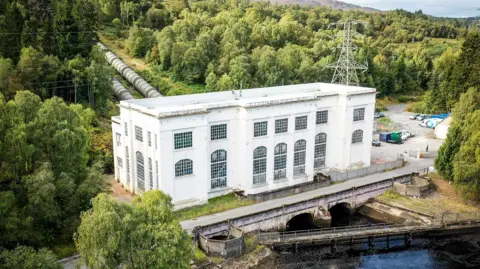 BBC
BBCA historic Scottish hydro power station has resumed operations after its first major upgrade in 90 years.
The Tummel hydro power station started generating renewable electricity in 1933, using water from a dam system spread across a huge area in Highland Perthshire.
It closed in 2022 so that the two main turbines could be replaced as part of a £50m project designed to extend the plant’s operational life by at least 30 years.
The two original turbines were able to generate 34 megawatts of electricity. The replacements will increase that capacity to 40 MW - enough to power 20,000 homes.
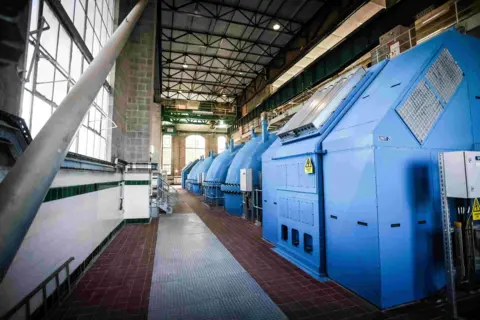
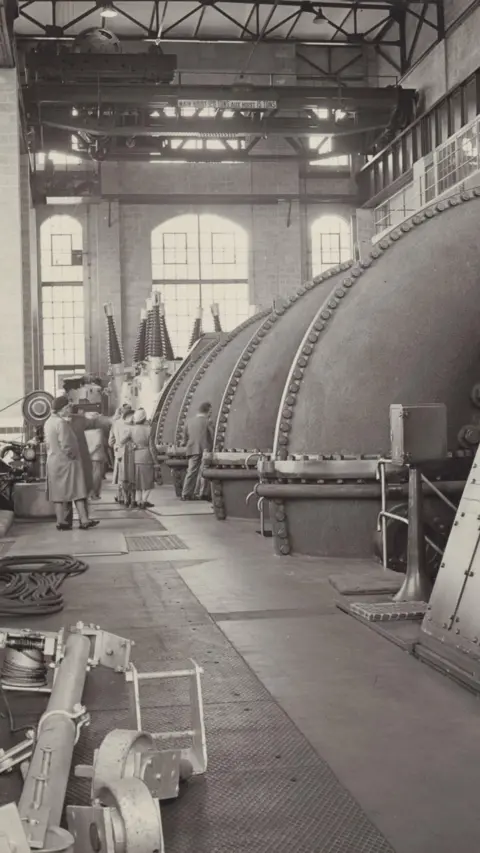 SSE Renewables
SSE RenewablesSSE's refurbishment of Tummel Bridge is one of the largest investments in hydro power in Scotland in modern times.
The whole Tummel Valley scheme contains nine small scale power stations with a total generating capacity of about 250 MW.
Tummel uses water from a dam system which is spread across 400 square miles, from Dalwhinnie to Pitlochry and Rannoch Moor.
The scheme was conceived in the early 1920s when the Grampian Electricity Supply Bill was laid before parliament.
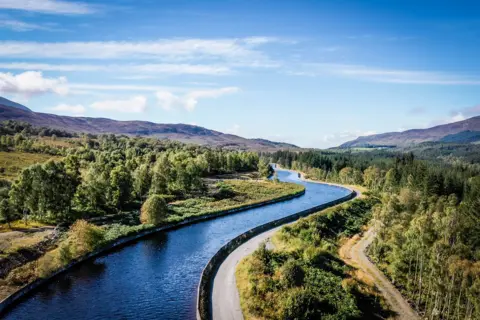
A series of power stations were built along the flow of the water starting with the Rannoch site in1930 followed by Tummel Bridge in 1933.
A three-mile long open water channel, which looks like a canal, carries water from a dam at the Dunalastair Reservoir.
It then rushes through two huge pipes down the hillside above Tummel Bridge and into the power station.
The speed of the water after it has passed through the turbines would be enough to fill an Olympic sized swimming pool in under 30 seconds.
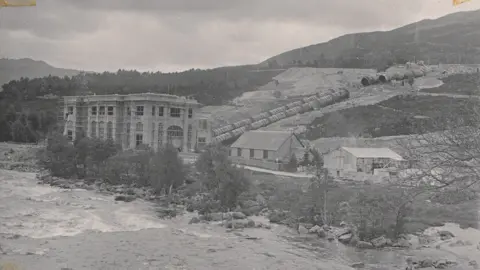 SSE Renewables
SSE RenewablesThe category A listed interwar modernist building which houses the power station has remained untouched throughout the refurbishment while almost everything inside has been replaced.
That includes the floors, stairs, pipework and controls although the original control panels have been kept along with a World War Two bomb shelter.
But while the equipment itself has been modernised, the overall design is almost identical to the original.
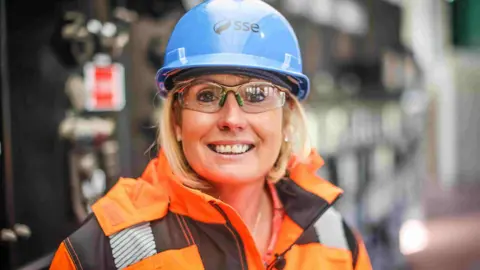
SSE's head of heritage, Gillian O'Reilly, says that's testament to the engineering capabilities of the 1920s and 30s.
She added: "It showed a huge understanding of what it was they were trying to do. The precision and the detail that they used through hand tools and basic technology was really quite overwhelming."
Gillian says that when the scheme was built, around one farm in 10 across Perthshire had access to electricity along with just one croft in a hundred.
While there was some opposition to glens being flooded to create the reservoirs which would supply the hydro power schemes, she says there was also "huge appetite" for power which was already being rolled out more fully in the urban areas of the central belt.
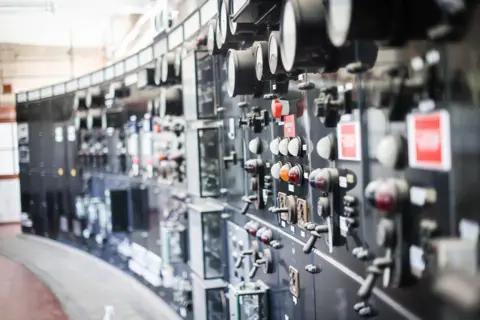
In 2017, SSE began considering the future role of the Tummel power station including the possibility of replacing it entirely.
The full internal refurbishment is expected to secure its role in the energy mix for at least another three decades.
Computer aided designs have allowed engineers to increase the generating capacity by about 17% from the same volume of water passing through it.
Project manager David Gallacher says hydro-power plays a hugely important role.
He added: "We've made use of the existing infrastructure, so the dam, aqueduct system and the building itself all remained. We've modernised and upgraded where we can but it's all stayed the same."
While dozens of people have been working on the project over the last two years, once operational it will be controlled entirely remotely from SSE's headquarters in Perth.
The company is looking at upgrading other hydro schemes in Scotland, including at Sloy on Loch Lomond.
